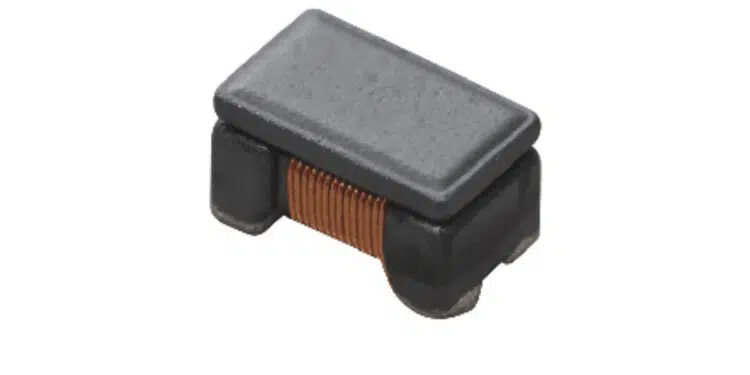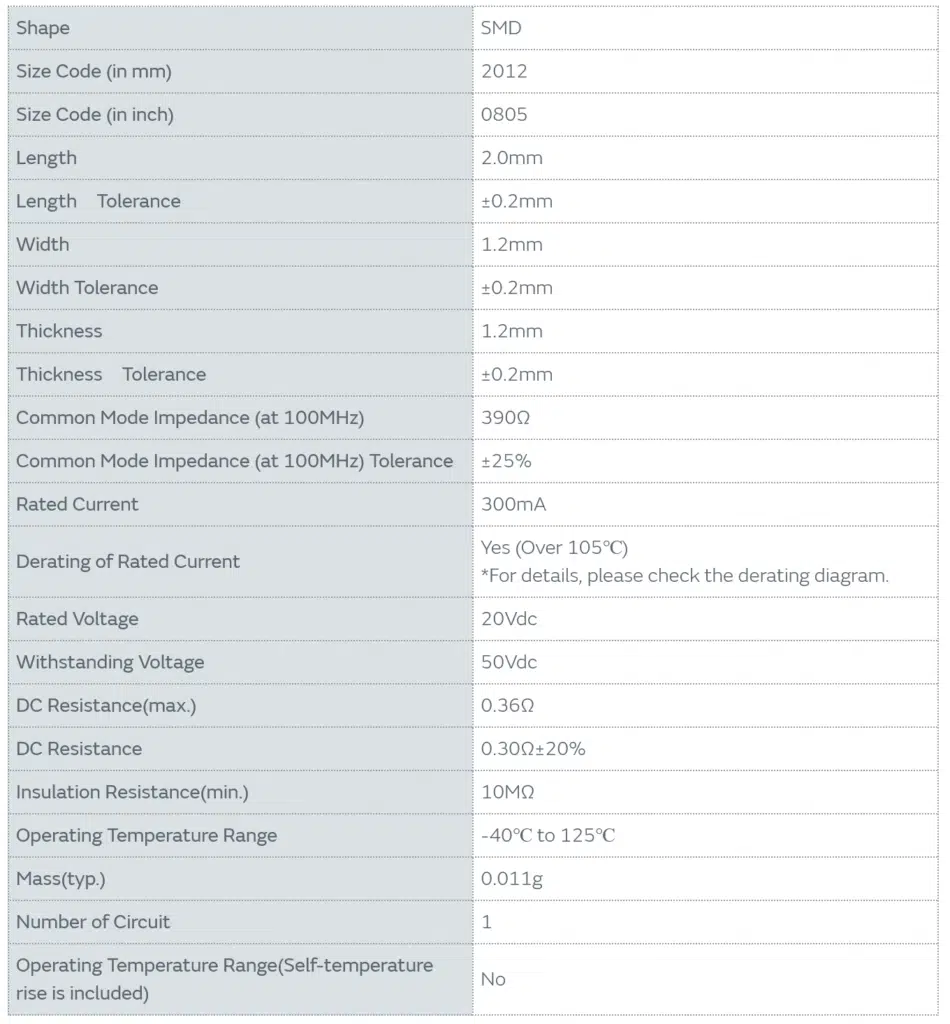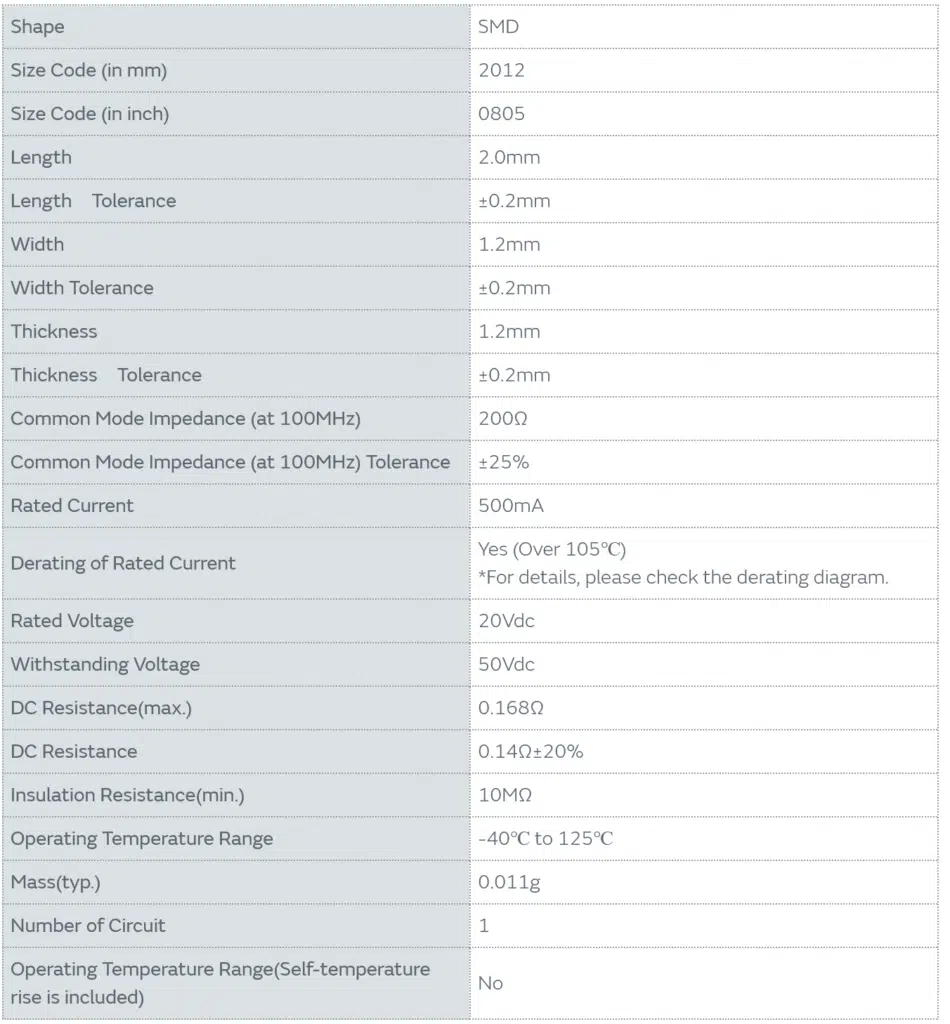Murata manufacturing Co., Ltd has released the latest automotive common mode choke coils, DLW21SH391XQ2 and DLW21PH201XQ2 used to suppress noise for high-speed interfaces that use Serializer/Deserializer (Ser/Des)*1 on Power Over Coax (PoC)*2.
In recent years, various sensors (vehicle-mounted cameras, LiDAR*3, radars, etc.) are equipped to vehicles to establish self-driving car technologies. Since SerDes is often used on image data transmission interfaces, this has led to the application of PoC which performs data and power transmission on single coaxial cables in order to reduce the amount of cables. Since a large current flows through compared to conventional differential interfaces (several tens of mA currents), we have developed these products which are capable of withstanding large currents such as 300 mA and 500 mA.
Today, more detection sensors (cameras, LIDAR, radar, etc…) are being integrated into today’s self-driving automobiles. SerDes is often used in image data transmission interfaces, that has led to the application of using PoC, which combines data and power transmission over a single coaxial line to reduce the amount of cable.
Since this technology requires higher current compared to conventional differential interfaces (typically tens of mA), the latest Murata DLW21 products are designed to handle 300mA to 500mA.
Since each sensor is compact, it is difficult to increase GND*4 patterns on PCB, and noise issues may occur. By inserting these 2012 size (2.0 × 1.2 mm/0805 inch) products between the data transmission line and the GND line, you can expect noise suppression effects even with their compact size.
Features
1. Small size: 2.0×1.2×1.2mm
2. High rated current available (300 and 500mA)
3. Available for high density mounting (Narrow pitch)
Application
Measures against common mode noise in high-speed differential transmission lines (SerDes series [FPD-Link Ⅲ] etc.) such as in-vehicle cameras.
Mass production started in May.

































